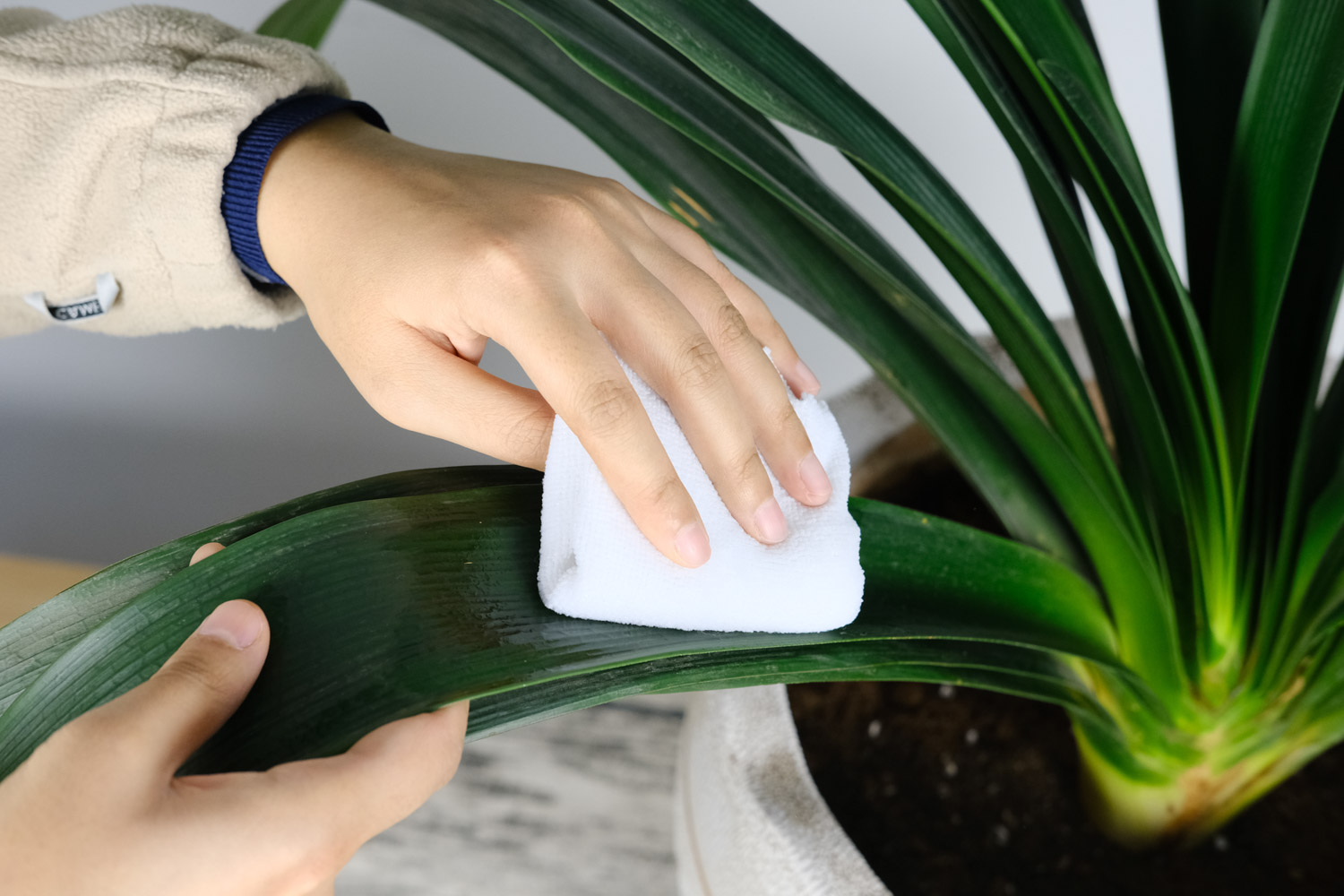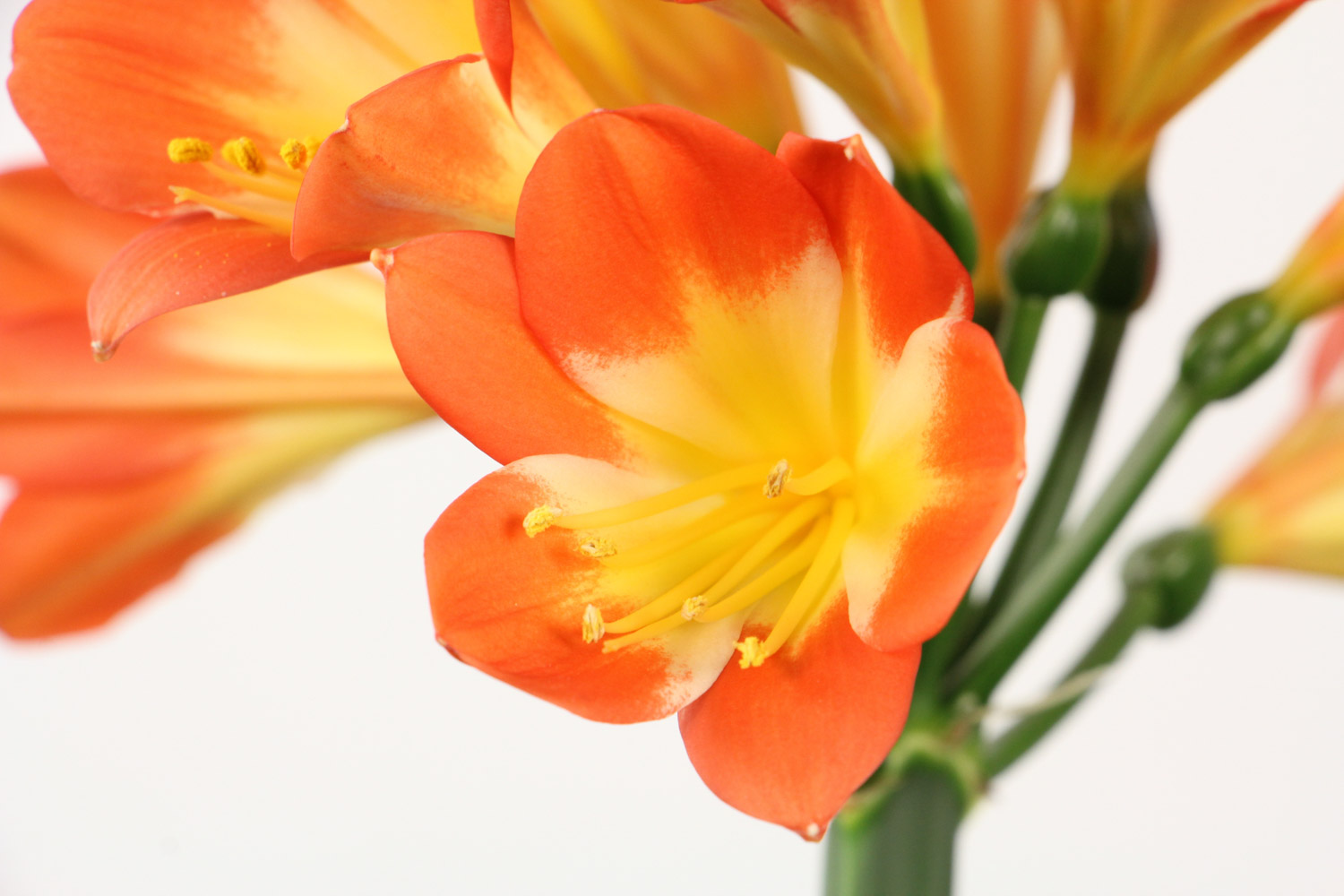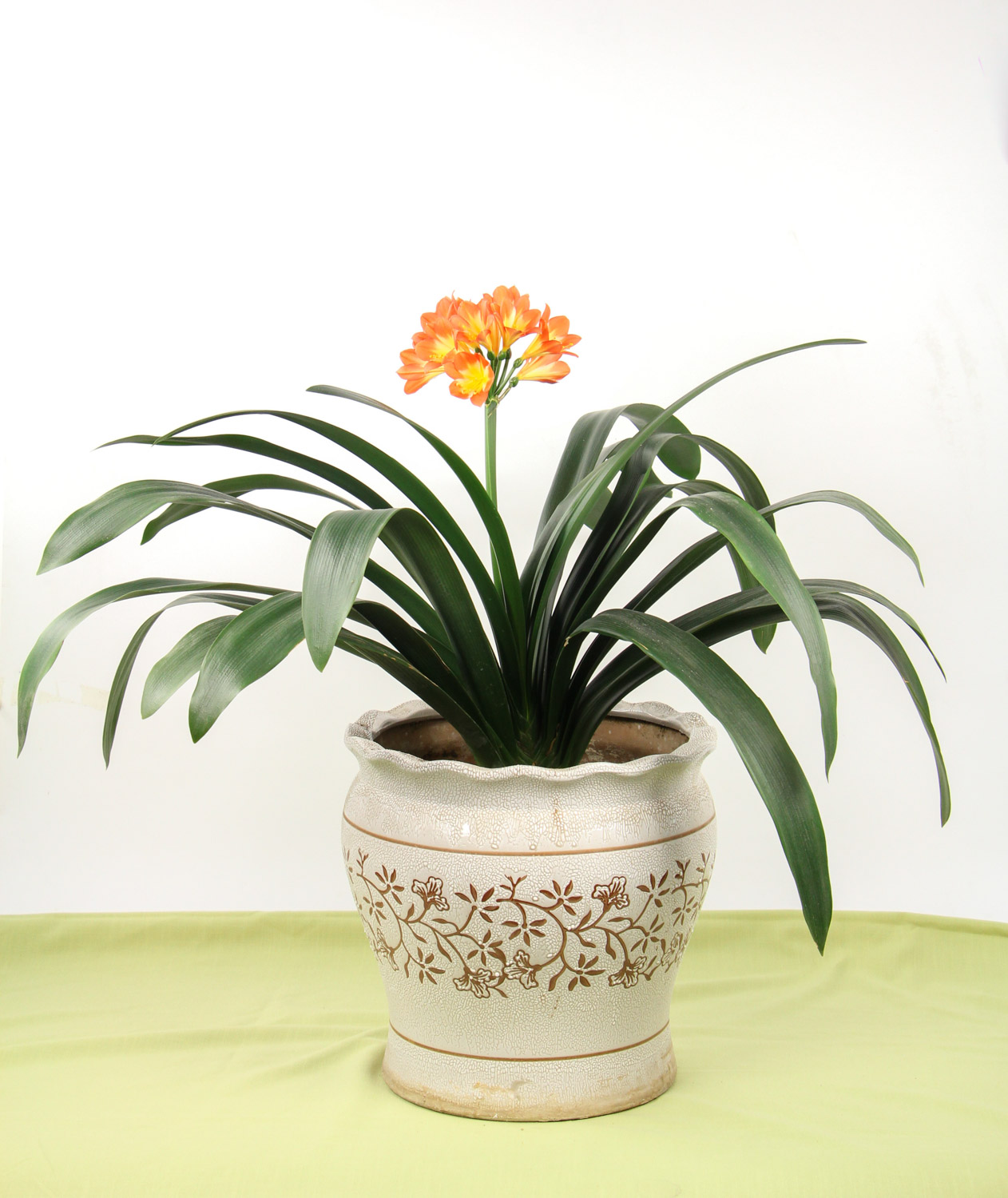Clivia leaves broken and buried in the soil, half a year 1 basin to 10 basins
1. Prepare a Clivia, break off the leaves from bottom to top (be sure to take the white part), and soak it with rooting powder solution before cutting

2. Then insert the leaves of Clivia into our prepared nutrient cup, and the substrate can be nutrient soil or vermiculite

3. The cut Clivia sits in the tray and uses the way of soaking basin to replenish water for the plant. Generally, new roots can grow in 30 days

4. For the rooted Clivia, we can find a large flowerpot to plant, and the soil can be mixed with pine needle soil and sand and gravel. (it's better to plant it obliquely, which is conducive to germination)

5. At ordinary times, you can pick up the soil by hand, feel the matrix inside dry, and soak in the basin for 30 minutes. As long as you take good care of it, it will take three months as fast as possible, and more than half a year as slow as possible

6. If the plant does not hold out new buds for a long time, we can draw a small mouth with a knife on the inner side of the leaves close to the soil and apply vitamin B6 injection to induce them to germinate

Longevity pulls leaves and buries them in the soil, and new buds can appear in a month
1. When we insert longevity flowers into leaves, we'd better choose leaves with obvious bud points, and when breaking leaves, the petiole should take as much tissue on the stem as possible, so that it is easy to grow buds

2. Throw the broken leaves in the astigmatism ventilation place. After drying the wound for 2 hours, hold the leaves in hand and insert the petiole into the soil obliquely. (leaves facing up is best)

3. After cutting, we use the way of soaking basin to replenish water for the plant until the soil surface is wet, and then put it in a ventilated place where the sun cannot be directly exposed for maintenance

4. At ordinary times, I feel that the soil surface is white and watered once. Generally, new roots can grow in 10 days and small buds can be sent out in 30 days

5. After budding, transplant the longevity flower into the seedling cup or small flower pot, and gradually increase the light intensity until the seedlings can accept the sunshine all day

6. When the seedlings grow to four pairs of leaves, pick the heart and pinch off the top two pairs of leaves. When the side branches grow four pairs of leaves, pinch them again. Repeat three times to make them flourish

The cutting section of hupilan is thrown into the water, and a large basin is raised in three months
1. Select a robust leaf of the tiger orchid, use a sharp pair of scissors (disinfect with alcohol before use), and cut the tiger orchid into several small segments (more than 5cm long)

2. Put the cut leaves of hupilan in a place with astigmatism and ventilation for half a day, and wait until the wound is dry before hydroponics, otherwise it is easy to infect bacteria~

3. Insert the dried Hupi orchid vertically into the water with a water depth of 3 ~ 5cm. Be careful not to insert it upside down, otherwise it won't take root

4. In the early stage of hydroponic culture, it is placed at the astigmatism, and the dried tap water is replaced once every 4 ~ 5 days on average. New roots can be produced in about 10 days

5. After one month of hydroponic culture, we observed that when hupilan has more roots, we can drop a drop of nutrient solution when changing water, and new buds can be produced in about two months

6. When the small seedlings grow to 10cm, they can be taken out and planted in the soil. When transplanting, we can continue to retain the mother leaves or break them off

7. After transplanting, pour a fixed root water and put it in a slow basin in a place with astigmatism and ventilation. After a week, if the seedlings are not soft, they can be maintained normally


 how many times do yo...
how many times do yo... how many planted tre...
how many planted tre... how many pine trees ...
how many pine trees ... how many pecan trees...
how many pecan trees... how many plants comp...
how many plants comp... how many plants can ...
how many plants can ... how many plants and ...
how many plants and ... how many pepper plan...
how many pepper plan...




























